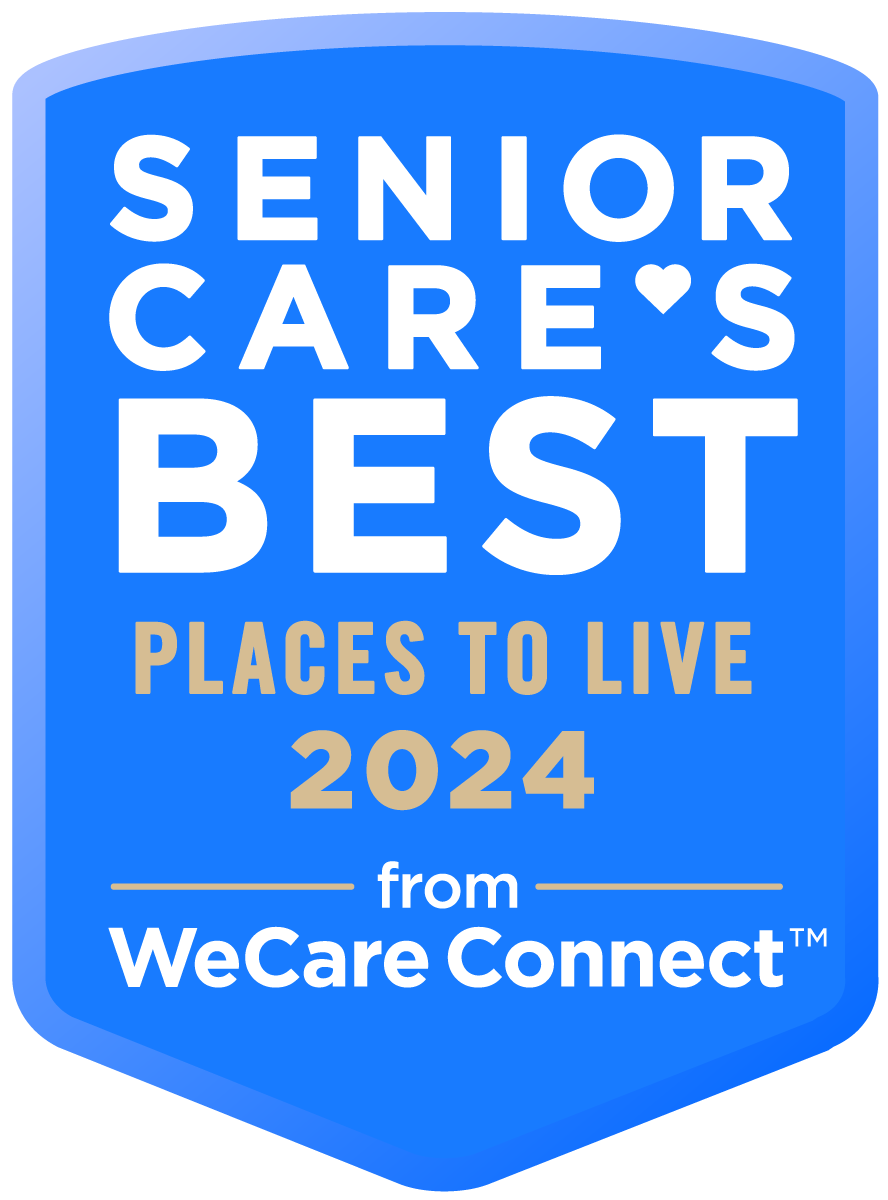Whether seniors choose to stay in their home or make a move to a retirement community may depend on innovative technology and recreational opportunities.
According to the American Association of Retirement Communities, nearly 15,000 baby boomers retire every day. Do they immediately make a move and pack up everything for their next big-life adventure? Not according to AARP data, which shows the majority of people age 50 and older want to age in place—to stay in their homes and communities as long as possible.
Today’s baby boomers may be tempted to stay in their home for the same reasons they fell in love with it in the first place. In a recent Merrill Lynch/Age Wave study of 3,600 responders over age 50, approximately 65% of retirees said they were living in the best home of their lives. At age 55, more homeowners said the financial value of their home outweighed the emotional value, but by age 75, more than 63% claimed the emotional value was more important.
For many in the retirement set, it appears, home is where the heart is, and one important innovation is making it possible for them to stay there: Technology.
According to gerontologist Ken Dychtwald, CEO of Age Wave, 52% of people over the age of 75 live alone, but technology is helping adult children keep an eye on their parents—so if mom or dad falls, they’ll know it. Securing help with the push of a button is just one of the many advantages of a technologically equipped smart home, where many house functions can be controlled automatically.
So with all that said, why are there so many retirement communities?
And why are more and more retirees choosing to live there?
A culture of innovation. In technology—and also in recreation.
Let’s face it, not long ago, most people defined a retirement home as the dreaded “nursing home.” Continuing care retirement communities with lifestyle options ranging from independent living to assisted living and skilled nursing are as far from the old definition as one can get.
They are vibrant, welcoming communities—many with freestanding homes and spacious private apartments boasting modern, open floor plans with up to three bedrooms.
Modern senior living communities are also keeping pace with technology, offering Wi-Fi access for use in both private residences and in community activity areas, dining rooms, and living spaces so residents and families can stay connected on tablets, smartphones—even via videoconferencing.
What are seniors doing online in retirement communities? According to a North American Technographics Benchmark Survey, up to 85% of residents are logged into the Internet for various reasons:
▪ 91% use e-mail
▪ 59% purchase products online
▪ 49% maintain a Facebook account
▪ 56% send and receive photos by e-mail
▪ 44% play games
▪ 24% sign up for deals
Wireless service is just a point of entry for many younger retirees and for adult children who may have a say in where their older parents choose to live out their golden years.
Step into a continuing care retirement community today, and you’re as likely to find an 85 year-old playing a rousing game of Wii bowling as sitting in front of a bingo card. Like technology, recreational pursuits have kept up with the latest trends in senior living.
There’s very little boomers might need day-to-day that they can’t find on-campus at many senior lifestyle communities. For example, just a few of the unexpected services and amenities include:
▪ Convenience stores and gift shops
▪ Restaurant-style dining rooms, coffee shops, lounges, and bars
▪ Lending libraries and business centers with computer access
▪ Large-screen movie theaters with plush reclining seats
▪ Financial banking services and mail centers
▪ Full-service hair and nail salons and spas offering messages
▪ Outdoor courtyards, miles of walking paths, planting beds, and dog parks
▪ Fitness centers with professional exercise equipment and personal trainers
▪ Game rooms, video play stations, and billiard rooms with pool tables
▪ Music rooms, arts & crafts centers, and woodworking shops
▪ Putting greens, shuffleboard courts, golf courses, and tennis courts
▪ Guest suites, private dining rooms, and catering services
▪ Grand ballrooms for presentations, events, parties, and dances
▪ Van transportation to shopping, outings, doctor appointments, and more
For some boomers, a formal schedule of planned recreational activities can seal the deal for a move to a continuing care retirement community. Senior living options with on-staff concierge and event planners routinely offer more events and activities than residents half their age could do in a day. Events, outings, and activities range from informal resident card games, chess, and puzzles to formal educational guest lectures, music concerts, dance performances, and more.
To keep minds active and engaged, some communities are even affiliated with colleges and universities. A recent report by the PBS NewsHour estimated that there are approximately 100 university based retirement communities in the country, offering senior residents the option to enroll in classes, attend sporting events, musical and theatrical performances, and simply hang out with college-aged youth, helping to keep seniors mentally young and vibrant too.
The Census Bureau projects that the baby-boom population will total 61.3 million in 2029, when the youngest boomers reach age 65. Will the AARP data hold true over time? Will more retirees fall out of love with their age-in-place lifestyle and embrace senior living filled with a culture of innovation?
Only time will tell.







